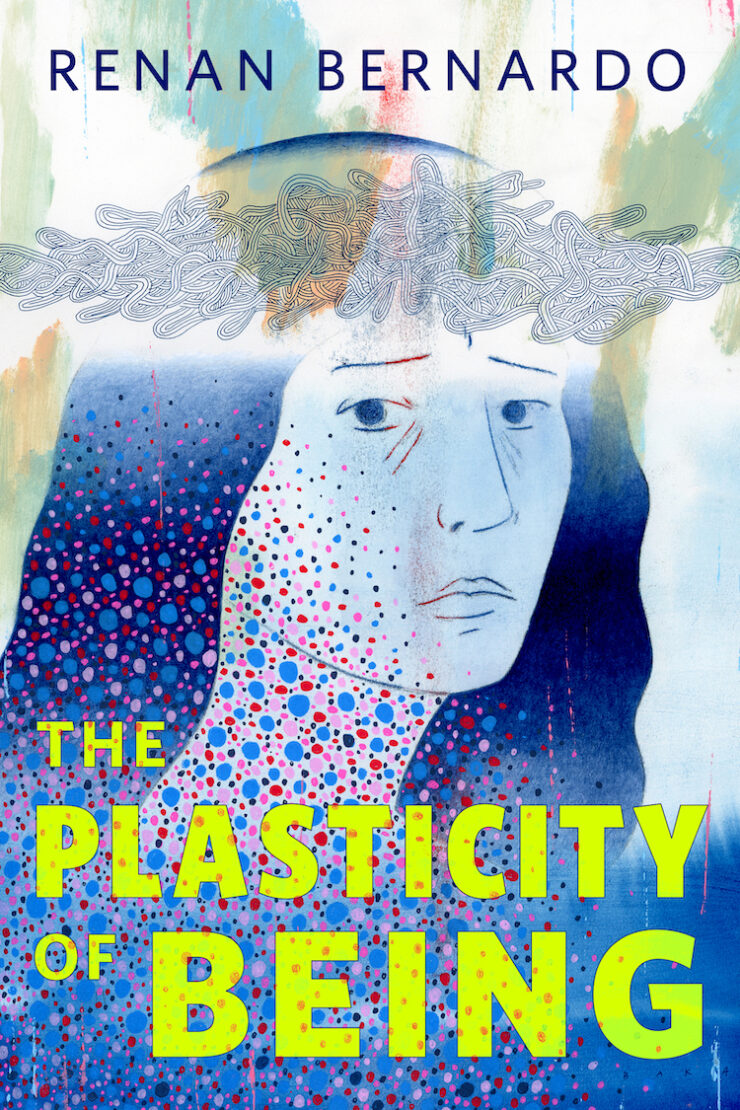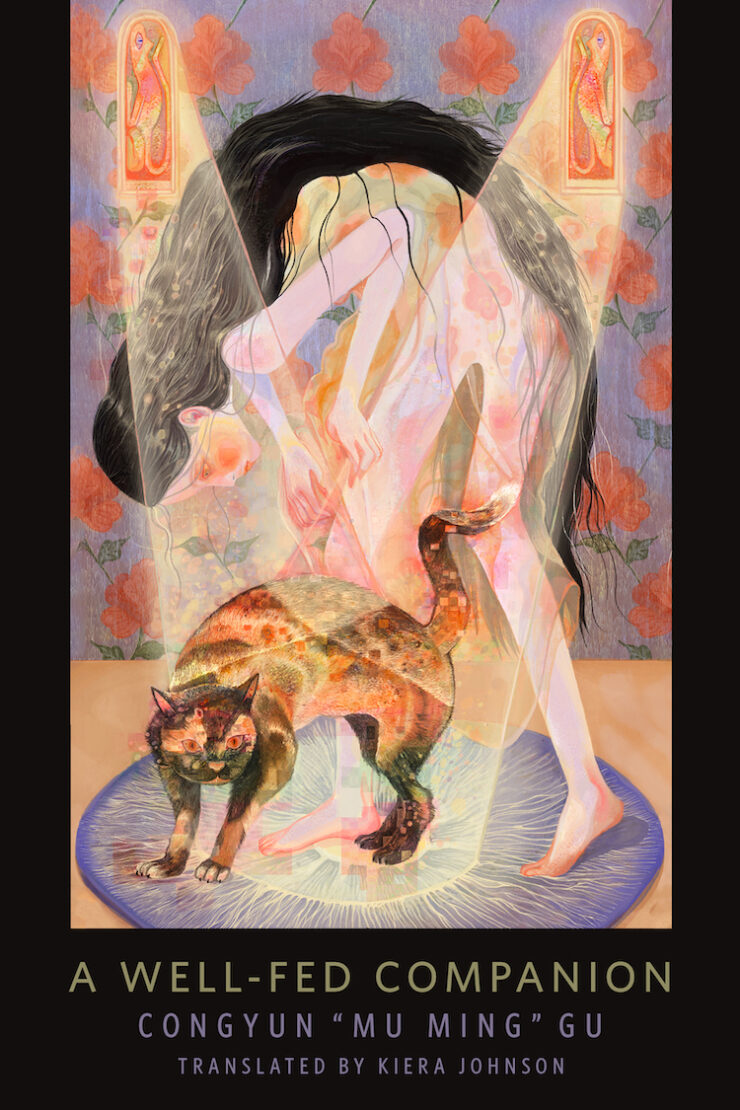Advertisement
Answering Your Questions About Reactor:
Right here.
Sign up for our weekly newsletter.
Everything in one handy email.
Eight Chilling Takes on Epistolary Horror
Latest from Emily Ruth Verona
Showing 2 results


“You want stories?" Thom Merrilin declaimed. "I have stories, and I will give them to you. I will make them come alive before your eyes.”
Robert Jordan, The Eye Of The World








